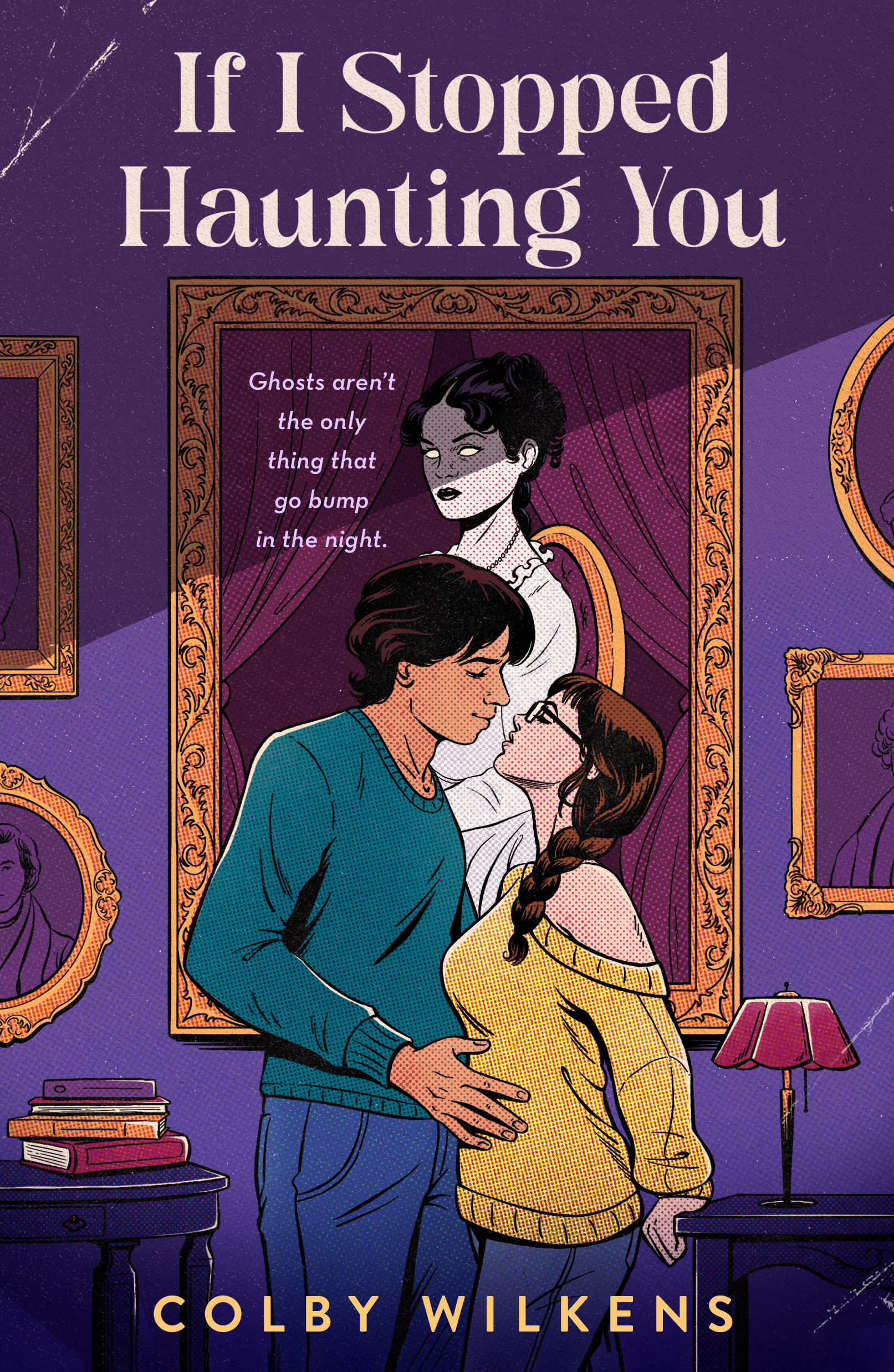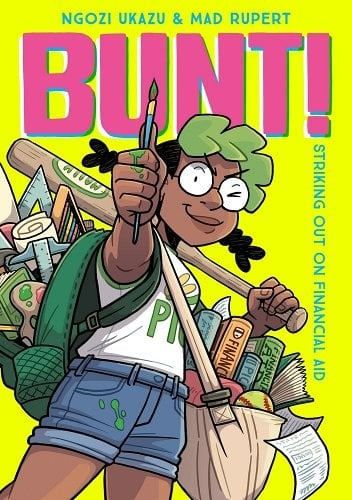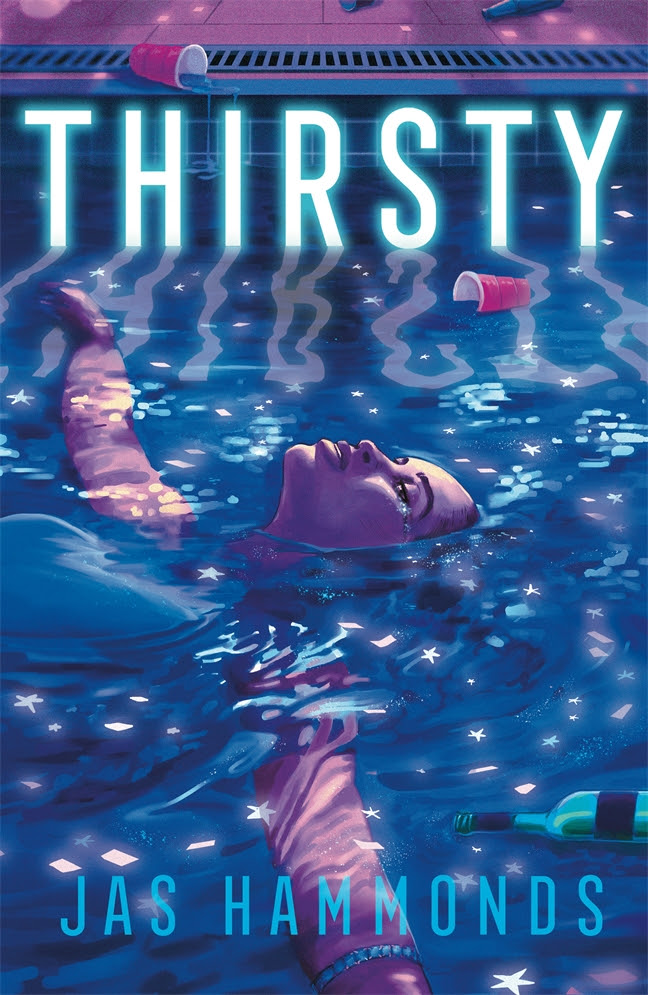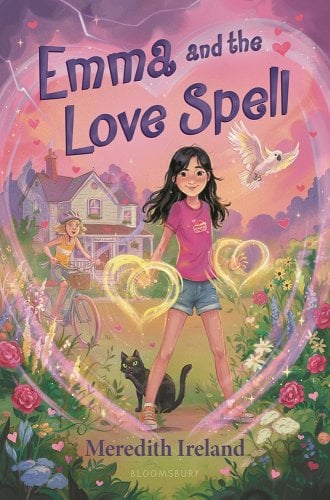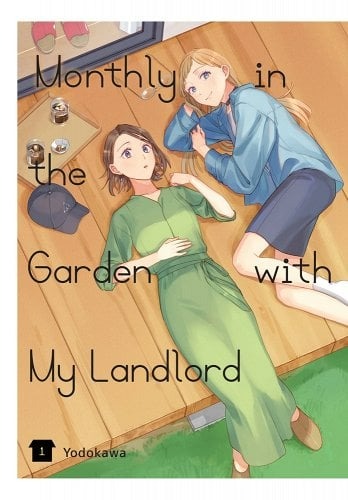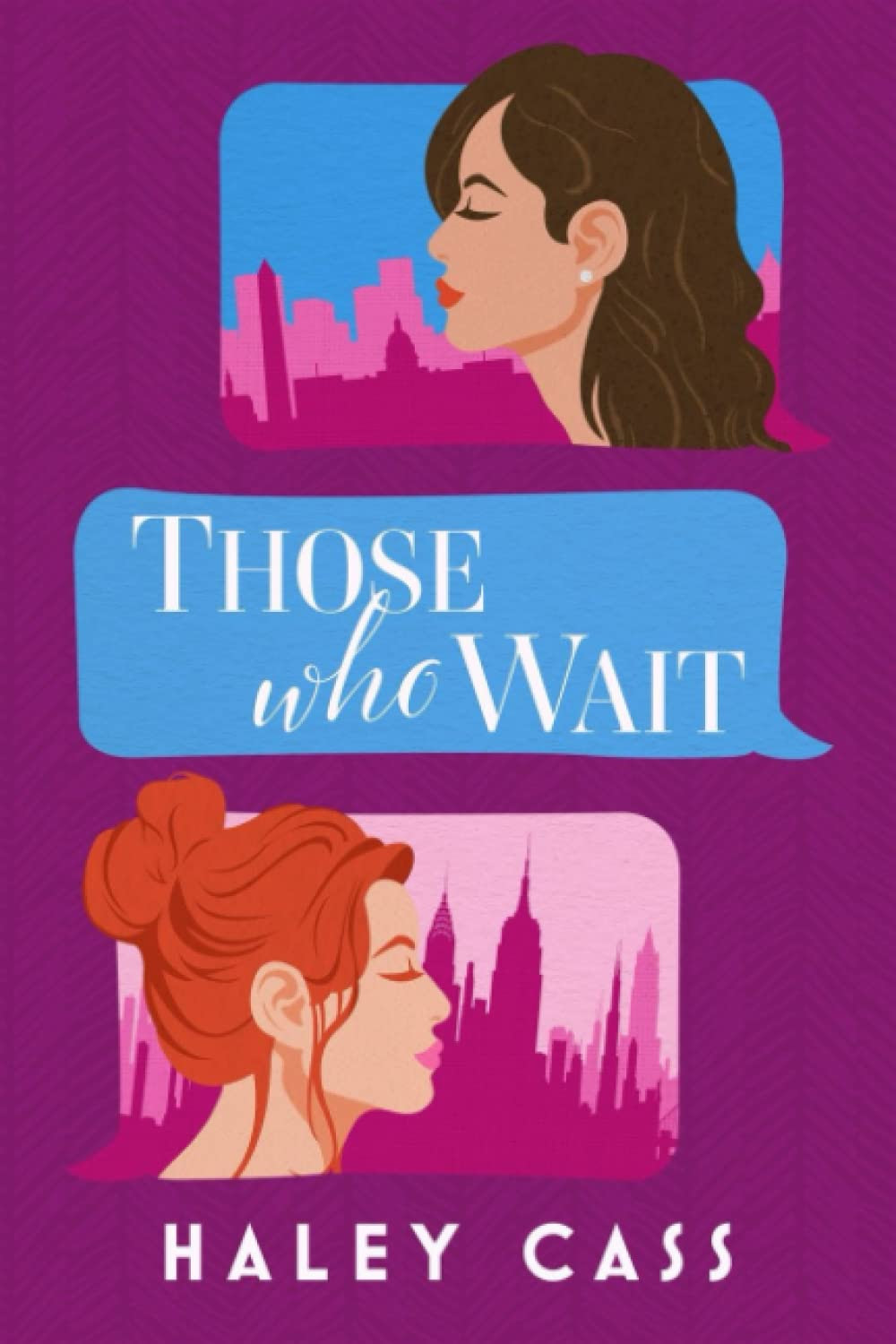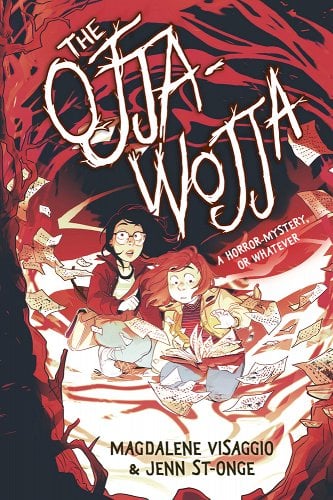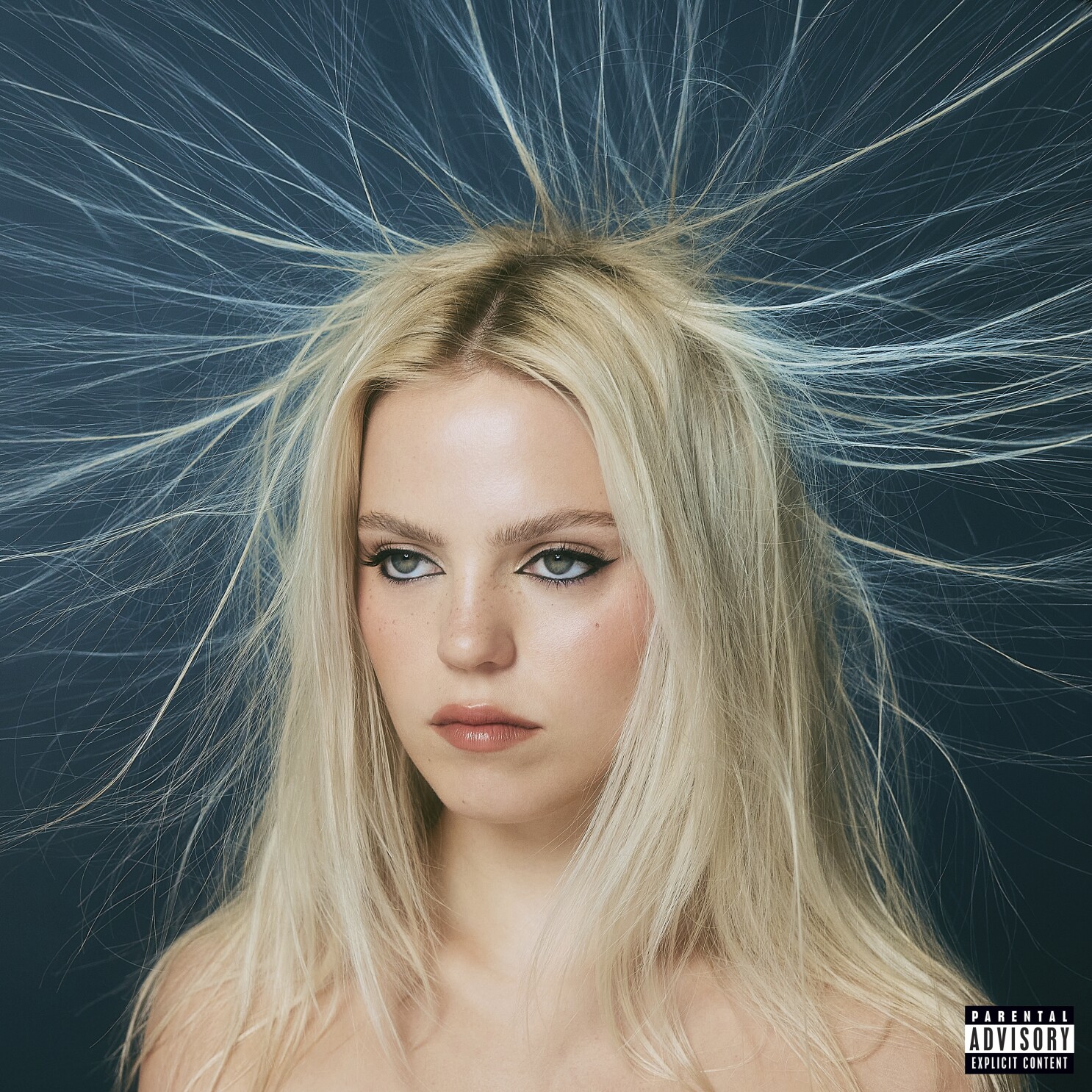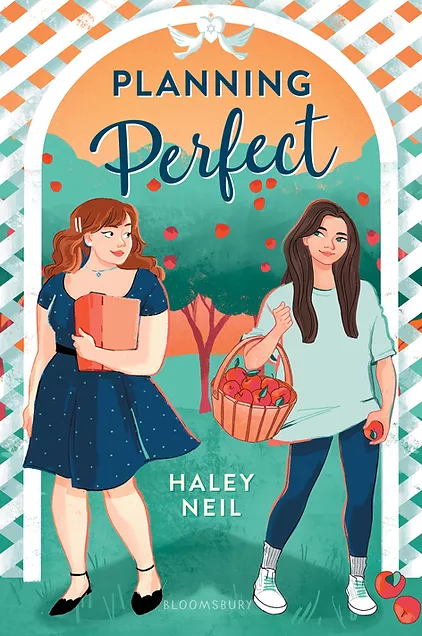Yá’át’ééh shik’éí dóó shidine’é. Shí éí Chloe yinishyé. Bilagáana nishłį́ Naakaii Dine’é bashishchiin. Kót’éego diné nishłį́. Hello my friends. I am called Chloe. I am born to Bilagáana (White people), born for Naakaii Dine’é (the Mexican people clan). In this way, I am a Navajo person. When I was sixteen years old, I excitedly told one ofRead More
A Home Run Against Student Loans in Bunt! Striking Out on Financial Aid by Ngozi Ukazu & Mad Rupert
Buy this from Bookshop.org to support local bookstores and the Lesbrary! If you are like me, you are either anxiously awaiting news of your student loans being forgiven (if only) or desperately trying to not think about it at all (sorry). If only we could utilize our soft skills to vanquish them—if I could takeRead More
Secrets, Sororities, and Sobriety: Thirsty by Jas Hammonds
Buy this from Bookshop.org to support local bookstores and the Lesbrary! What would you be willing to do if it meant finding your flock? Jas Hammonds explores this age-old question in their young adult novel Thirsty. Incoming college freshmen Blake Brenner has been with her girlfriend, Ella, since freshman year; they are voted “The CoupleRead More
A Witchy Parent Trap: Emma and the Love Spell by Meredith Ireland
Buy this from Bookshop.org to support local bookstores and the Lesbrary! Emma has plans for the perfect summer, and they all involve her best friend (and crush!) Avangeline by her side. However, Avangeline reveals that her parents are getting a divorce, and her mom plans to take her with her to New Orleans! Emma decidesRead More
Credit Card Debt, Climate Change, and Magical Girls: A Magical Girl Retires by Park Seolyeon
Buy this from Bookshop.org to support local bookstores and the Lesbrary! I am sure you are all familiar with magical girl stories like Sailor Moon, but have you ever heard of a magical girl with credit card debt? In Park Seolyeon’s A Magical Girl Retires (translated by Anton Hur), our unnamed protagonist is 29, has lost herRead More
Manga-Curious: 5 Yuri Manga for First-Time Readers
For the longest time, I found manga intimidating, especially with the stereotype of manga being either sex fantasies for men or action-packed sagas. However, once I got past that initial fear (thanks to a coworker who helped me find some calmer titles to start off with), I found that manga, just like most formats, isRead More
Making The Future Gay: The Five Things I Checked out From the Queer Liberation Library
Recently, a nonprofit in Massachusetts put out an exclusively queer book collection on Libby called the Queer Liberation Library (also known as QLL). Their mission is simple: by providing queer people with diversity-focused literature and resources, QLL is building a future that is undeniably queer. This collection of e-materials is available to anyone with an email address,Read More
When Your Hyperfixation is Sapphic Books: A Shortlist of Sapphic Autistic Narratives
I recently read a report from the University of Cambridge about how autistic people are more likely to be queer than allistic people, with specifically autistic female-identifying people being three times as likely to identify as some form of queer. If you are interested in reading more about this, you can read the abstract. ThisRead More
All The Pretty Girls Read Sapphic Stories: More Readalikes for Reneé Rapp’s Snow Angel
If you have Reneé Rapp’s album Snow Angel playing on repeat, these are the sapphic books you need to read! Pick up the one that matches your favorite song, or get the whole stack if it’s too hard to pick. You can get a copy of any of these titles from your local bookstore orRead More
All The Pretty Girls Read Sapphic Stories: Readalikes for Reneé Rapp’s Snow Angel
If you have watched The Sex Lives of College Girls or Mean Girls (the musical), then chances are that you’re familiar with bisexual singer/actor Reneé Rapp. In 2022, Rapp released her debut EP Everything to Everyone, which featured nine original songs about mental health, her queer identity and love. Most recently, Rapp released her firstRead More
